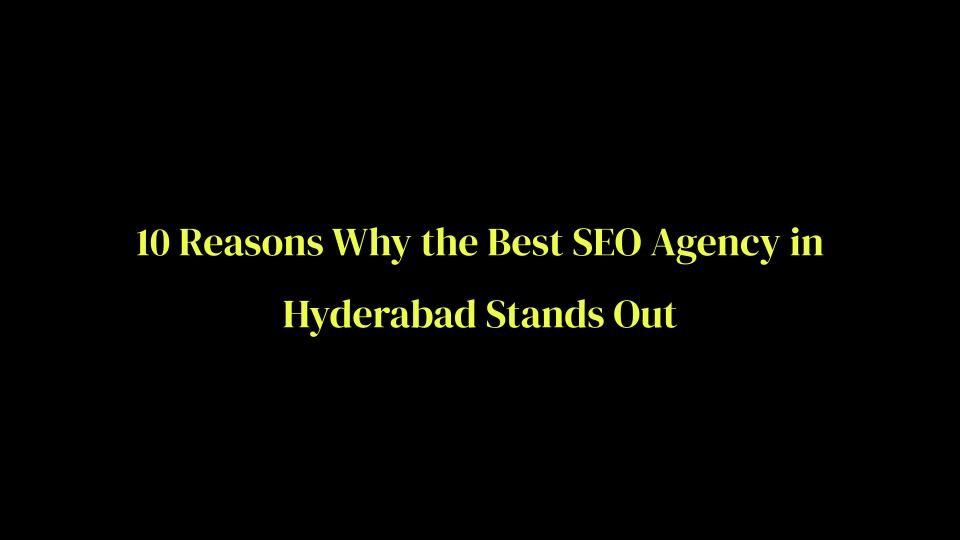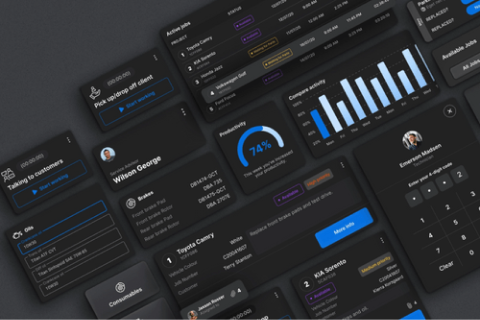Introduction: Navigating the World of Inbound Leads
Inbound Lead Generation: An Overview
Inbound leads are a crucial part of the inbound marketing process and any lead generation process.
These are individuals or businesses that find your company through channels like search engines, blogs, or social media. Unlike outbound leads, you don't reach out to inbound leads; they come to you.
The inbound lead generation strategy involves creating content and experiences that attract these potential customers. The goal is not just to increase website visitors but to convert these visitors into sales-qualified leads.
Inbound Leads vs. Outbound Leads: Why It Matters
Understanding the difference between inbound and outbound leads is essential for your sales team and lead generation strategies. Inbound leads usually offer a higher ROI and align more closely with your target audience. They've engaged with your relevant content or marketing-qualified leads, making them more likely to convert.
On the other hand, more effort from your own sales reps and marketing teams. These are individuals you reach out to, and they may not be aware of your products or services, making the sales process more challenging.
Choosing between inbound and outbound lead generation methods depends on various factors, including your business model and target audience. However, inbound leads often provide a more cost-effective and efficient lead generation process. By focusing on inbound lead generation techniques, you can create valuable content that can improve the quality of your leads and, ultimately, your sales funnel.
Understanding Inbound and Outbound Leads
Key Differences and Similarities
Purpose
Inbound leads generally align more with your business goals, as they've sought you out. On the other hand, outbound leads may not even be aware of your business before you contact them.
Return on Investment
When it comes to ROI, inbound leads are a game-changer.
According to HubSpot, inbound marketing strategies, on average, cost 62% less per lead than traditional outbound methods. This makes the ROI for inbound leads significantly higher.
Your sales team can also focus more on generating leads and closing deals than chasing potential customers, boosting ROI.
Market Understanding
Understanding your target audience is crucial in both inbound lead capture and outbound strategies. However, with inbound leads, you often get more valuable data.
For instance, Google Analytics can show you exactly what search terms brought visitors to the landing page on your site, allowing you to refine your inbound lead generation strategies.

.jpg)
.jpg)
.jpg)
.jpg)
.jpg)
.jpg)
.jpg)
.jpg)
.jpg)
.jpg)
.jpg)
.jpg)
.jpg)
.jpg)
.jpg)
.jpg)
.jpg)
.jpg)
.jpg)
.jpg)
.jpg)
.jpg)
.jpg)
.jpg)
.jpg)

.png)
.png)
.png)
.png)
.png)
.png)
.jpg)
.jpg)
.svg)

